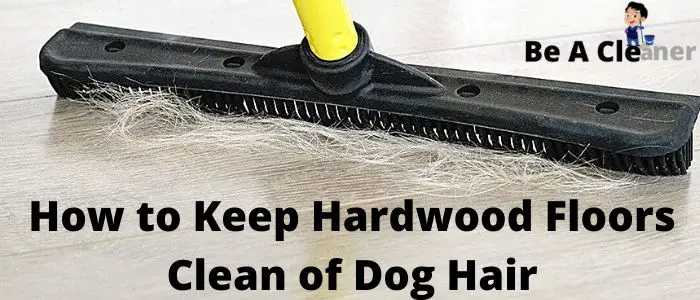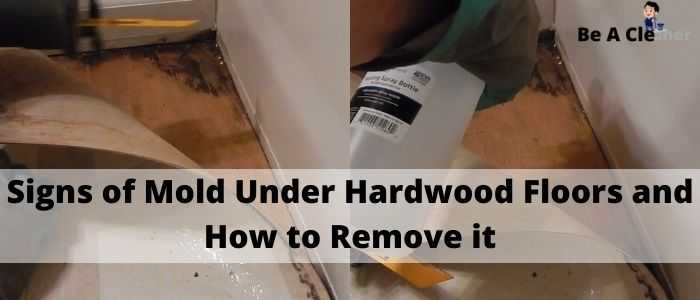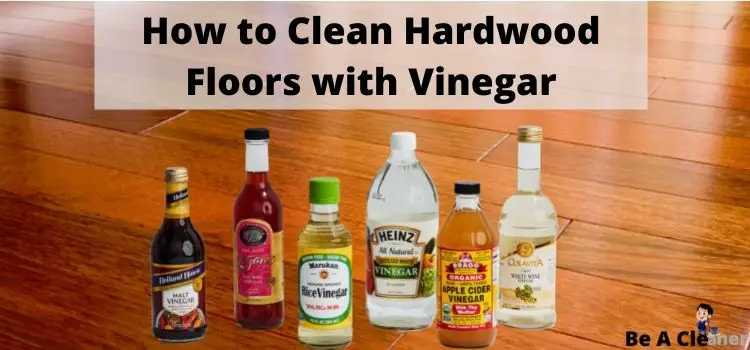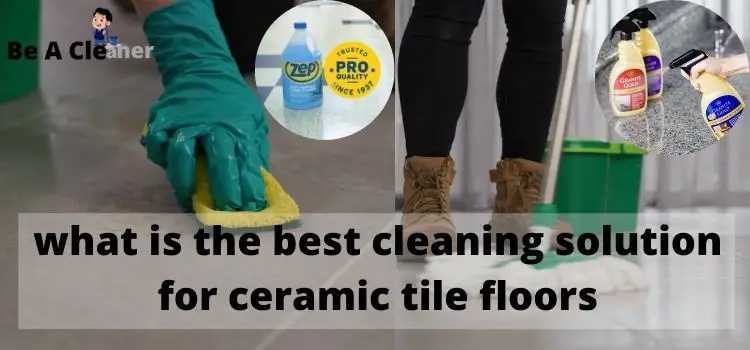· Floor Cleaning · 14 min read
Can You Clean Wood Floors With Bleach
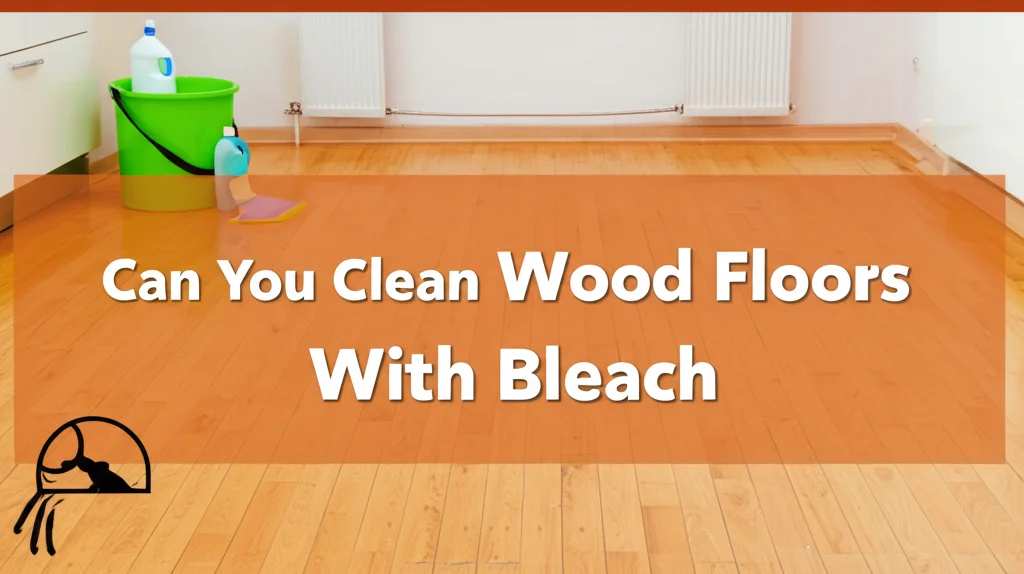
Can You Clean Wood Floors With Bleach: The Complete Guide
Wood floors bring warmth and elegance to any home, but maintaining their beauty requires proper care and cleaning. When faced with tough stains or concerns about disinfection, many homeowners wonder: can you clean wood floors with bleach? This question becomes especially relevant when dealing with stubborn stains or during times when sanitization is a priority. While bleach is known for its powerful cleaning and disinfecting properties, its use on delicate surfaces like wood flooring requires careful consideration.
In this comprehensive guide, we’ll explore the relationship between bleach and wood floors, examining potential risks, appropriate alternatives, and situations where bleach might be cautiously used. We’ll also cover proper cleaning techniques to maintain your wood floors’ beauty without causing damage. Whether you have traditional hardwood, engineered wood, or laminate flooring, this article will help you make informed decisions about floor care and maintenance.
Quick Takeaway:
- Bleach can severely damage wood floors by breaking down finishes and discoloring wood
- Better alternatives include pH-neutral cleaners specifically designed for wood floors
- If disinfection is needed, diluted vinegar or specialized wood-safe disinfectants are safer options
- Always test any cleaning solution on an inconspicuous area first
Short Answer: Cleaning wood floors with bleach is generally not recommended as bleach can damage wood finishes, cause discoloration, and potentially weaken the structural integrity of the wood. Instead, use cleaners specifically formulated for wood floors to maintain their beauty and longevity.
The Risks of Using Bleach on Wood Floors
When it comes to cleaning wood floors, bleach presents several significant risks that homeowners should be aware of before considering its use. Understanding these potential hazards can help you make better choices for maintaining your valuable flooring investment.
Damage to Wood Finishes
Bleach is a highly alkaline substance with a pH level between 11 and 13, making it extremely caustic. When applied to wood floors, it can quickly break down protective finishes like polyurethane, varnish, or oil. These finishes serve as the first line of defense for your wood floors, protecting them from moisture, stains, and everyday wear. Once compromised, your floor becomes vulnerable to a host of issues.
“Bleach essentially strips away the protective barrier on your wood floors,” explains flooring experts. “Without this protection, wood is exposed to moisture which can lead to warping, cupping, and even rot over time.”
Wood Discoloration and Bleaching Effects
True to its name, bleach causes bleaching effects on organic materials—including wood. When chlorine bleach comes into contact with wood fibers, it breaks down the natural pigments that give wood its beautiful color and grain patterns.
This discoloration process can be unpredictable and uneven, resulting in:
- Lightened spots that don’t match surrounding areas
- Yellowish discoloration on some wood species
- Permanent whitening that cannot be reversed
- Uneven color changes that create a blotchy appearance
These aesthetic changes are typically permanent and cannot be fixed without sanding and refinishing the entire floor.
Structural Damage Concerns
Beyond cosmetic damage, bleach can potentially compromise the structural integrity of wood flooring if used repeatedly. The chemical compounds in bleach can weaken wood fibers over time, especially if the solution penetrates deeply into the wood.
Additionally, the high water content in diluted bleach solutions introduces moisture to the wood—a natural enemy of wood flooring. Excess moisture can lead to:
- Swelling of wood fibers
- Warping or cupping of planks
- Loosening of adhesives in engineered flooring
- Development of cracks as wood expands and contracts
For these reasons, flooring manufacturers and wood flooring associations consistently advise against using bleach on wood floors, and doing so may even void warranties on many flooring products.
Safe Alternatives for Cleaning Wood Floors
Instead of risking damage with bleach, there are numerous effective and safe alternatives for cleaning and disinfecting wood floors. These options will keep your floors looking beautiful while maintaining their integrity and finish.
pH-Neutral Wood Floor Cleaners
The safest and most effective option for routine cleaning is to use cleaners specifically formulated for wood floors. These products are designed with the right pH balance to clean effectively without damaging finishes or wood fibers.
Look for products that:
- Specifically state they’re designed for hardwood floors
- Are pH-neutral or slightly acidic
- Don’t require rinsing
- Don’t leave a residue
Many leading flooring manufacturers also offer their own branded cleaning solutions that are guaranteed safe for their products. These specialized cleaners remove dirt and grime while preserving the floor’s protective finish.
Vinegar Solutions: A Natural Alternative
For those who prefer natural cleaning solutions, diluted white vinegar can be an effective alternative to commercial products. A solution of one cup of white vinegar mixed with one gallon of warm water provides mild acidity that cuts through dirt without harming wood finishes when used properly.
However, vinegar should be used cautiously and always in a diluted form. The solution should be applied with a damp mop—never a wet one—and any excess moisture should be promptly dried. For more information on this method, check out our guide on how to clean hardwood floors with vinegar.
Commercial Wood-Safe Disinfectants
If disinfection is your primary concern, there are now several disinfectant products on the market specifically formulated to be safe for wood surfaces. These products kill germs without introducing the risks associated with bleach.
When selecting a disinfectant for wood floors:
- Look for products labeled as safe for finished wood
- Follow dilution instructions precisely
- Minimize contact time with the floor
- Ensure the floor is sealed with an intact finish
- Test in an inconspicuous area first
Remember that disinfection is rarely necessary for routine floor cleaning unless there has been exposure to bodily fluids, pets with infections, or similar contamination concerns.
When (If Ever) Can Bleach Be Used on Wood Floors?
While the general advice is to avoid bleach on wood floors, there are rare circumstances where carefully controlled bleach use might be considered. These situations should be approached with extreme caution and with the understanding that some risk of damage remains.
Bleaching Unfinished Wood Intentionally
In furniture making and wood restoration, bleaching wood with controlled applications of bleach is sometimes done intentionally to achieve a specific look. This technique is occasionally used on unfinished wood floors before applying a new finish.
This intentional bleaching:
- Is done with specific wood bleach products, not household bleach
- Requires professional knowledge and application techniques
- Is followed by proper neutralization and conditioning
- Is completed before any protective finish is applied
This is not a cleaning technique but rather a refinishing process that should generally be left to professionals.
Spot Treatment of Stubborn Stains
In extremely rare cases, a highly diluted bleach solution might be considered for spot-treating a severe stain on a wood floor when other methods have failed. This should only be attempted:
- In a very localized area
- With extreme dilution (1 tablespoon bleach per gallon of water)
- Only after testing in an inconspicuous area
- With immediate rinsing and drying
- With the understanding that refinishing may still be necessary
For most stain situations, it’s safer to try specialized wood stain removers or consult with flooring professionals before attempting bleach as a last resort.
Disinfection in Critical Situations
In extraordinary circumstances where disinfection is critical (such as flooding with contaminated water or certain biohazard situations), bleach might be used as a final resort after consulting with flooring professionals.
In these rare instances:
- The solution should be heavily diluted (1:10 bleach to water ratio)
- Contact time should be minimized
- The floor should be rinsed thoroughly afterward
- Immediate drying is essential
- Professional assessment of floor condition should follow
These situations are extremely rare, and professional restoration services typically have specialized products and techniques that are safer than household bleach.
How to Safely Clean and Disinfect Wood Floors
Maintaining clean and hygienic wood floors doesn’t require harsh chemicals like bleach. Following proper cleaning techniques with appropriate products will keep your floors beautiful and sanitary without risking damage.
Routine Cleaning Best Practices
For everyday maintenance and cleaning of wood floors:
- Dust and sweep regularly - Remove abrasive dirt and debris daily with a microfiber dust mop or soft broom
- Vacuum weekly - Use a vacuum with a hard floor setting or attachment (avoid beater bars)
- Damp mop as needed - Use a barely damp microfiber mop with an appropriate wood floor cleaner
- Wipe up spills immediately - Prevent water damage by addressing spills as soon as they occur
- Use entrance mats - Reduce dirt and grit that can scratch floors
Consistent routine cleaning prevents buildup that might tempt you to use stronger products like bleach later on.
For more specific information about caring for cherry wood flooring, see our article on how to clean cherry hardwood floors.
Safe Disinfection Methods
When you need to disinfect your wood floors without bleach:
- Use wood-safe disinfectants - Look for products explicitly stating they’re safe for wood floors
- Consider alcohol-based products - Some products with isopropyl or ethyl alcohol can disinfect without damaging finishes
- Apply with minimal moisture - Use a barely damp application method
- Limit dwell time - Don’t allow disinfectants to sit on the floor for longer than directed
- Ventilate well - Open windows or use fans during and after disinfection
For stubborn grime buildup, you might want to reference our guide on how to clean grime off wood furniture, as many of the techniques can be adapted for floors.
Dealing with Special Cleaning Challenges
Some specific cleaning challenges on wood floors require targeted approaches:
For sticky residue:
- Use a slightly damp cloth with a mild wood floor cleaner
- For persistent stickiness, a small amount of mineral spirits on a cloth can help (test first)
For pet accidents:
- Blot immediately with absorbent towels
- Clean with a pet-specific enzymatic cleaner safe for wood
- Dry thoroughly
For scuff marks:
- Try rubbing with a tennis ball or clean pencil eraser
- For stubborn scuffs, a small amount of baking soda on a damp cloth may help
If you’re dealing with unfinished wood floors, special care is required. Our article on how to clean unfinished wood floor provides specific guidance for this situation.
Understanding Different Types of Wood Flooring and Their Care
Different types of wood flooring have varying levels of sensitivity to moisture and cleaning chemicals, including bleach. Understanding your specific flooring type helps determine the most appropriate cleaning methods.
Solid Hardwood vs. Engineered Wood
Solid hardwood floors consist of solid wood planks and are particularly vulnerable to moisture damage. These floors may react more severely to bleach exposure with warping and cupping.
Engineered wood floors have a real wood veneer over multiple layers of substrate. While the top layer can still be damaged by bleach, these floors tend to be somewhat more stable with moisture exposure. However, bleach can still damage the finish and discolor the wood veneer.
Both types require moisture-controlled cleaning methods and should never be saturated with cleaning solutions, especially those containing bleach.
Factory Finished vs. Site Finished Floors
Factory-finished floors have protective coatings applied under controlled conditions, resulting in extremely durable finishes. While these finishes offer strong protection, they can still be degraded by bleach over time.
Site-finished floors are sanded and finished after installation. The quality and durability of these finishes can vary widely depending on the products used and application techniques. Some older site-finished floors with worn finishes may be particularly vulnerable to damage from harsh cleaners like bleach.
Laminate and Vinyl Wood-Look Flooring
It’s worth noting that some wood-look flooring products aren’t real wood at all:
Laminate flooring has a photographic layer of wood grain beneath a protective wear layer. While more resistant to surface staining than real wood, the seams and edges can allow moisture penetration if saturated, leading to swelling and damage.
Luxury vinyl plank (LVP) flooring is the most water-resistant of wood-look options and can generally tolerate stronger cleaning solutions. However, manufacturer guidelines should still be followed, and most still do not recommend bleach due to potential discoloration of the vinyl.
For specific guidance on waterproof laminate options, you might find our article on how to clean waterproof laminate floors helpful.
Fixing Bleach Damage on Wood Floors
If your wood floor has already suffered damage from bleach exposure, there are several potential remedies depending on the severity of the damage.
Assessing the Damage
First, determine how extensive the damage is:
- Surface discoloration only
- Damage to finish but not wood
- Deep staining or bleaching of wood fibers
- Structural damage from moisture
The appropriate repair approach depends on this assessment.
Minor Repair Methods
For minor bleach damage limited to the finish:
- Touch-up kits - Floor manufacturers often offer touch-up products for small areas
- Restorative polish - Commercial wood floor polishing products can sometimes mask minor discoloration
- Oil treatments - For oil-finished floors, re-oiling damaged areas may restore color
These approaches work best when the damage is minimal and confined to a small area.
When Refinishing Is Necessary
More significant bleach damage typically requires refinishing:
- Screen and recoat - For damage limited to the finish layer, abrading the top layer and applying new finish may be sufficient
- Full sand and refinish - When bleach has affected the wood itself, complete sanding to remove the damaged layer followed by staining and refinishing is necessary
- Board replacement - In cases of severe damage, especially if structural integrity is compromised, replacing affected boards may be required
For serious damage, professional assessment and repair is strongly recommended, as improper refinishing can lead to additional problems.
For further information on dealing with damaged wood floors, our guide on how do you clean and shine old damaged hardwood floor may provide helpful insights.
FAQ: Common Questions About Cleaning Wood Floors
Can you mop with bleach on wood floors?
No, mopping wood floors with bleach is not recommended. Bleach can damage the protective finish on wood floors, discolor the wood, and potentially compromise the structural integrity of the flooring. Instead, use a pH-neutral cleaner specifically designed for wood floors and a barely damp mop for routine cleaning.
What is the best way to clean and disinfect wood floors?
The best approach is to use a cleaner specifically formulated for wood floors, applied with a microfiber mop that’s barely damp—never wet. For disinfection, look for commercial disinfectants labeled as safe for wood surfaces. Alternatively, a solution of one part white vinegar to ten parts water can clean and lightly disinfect without damaging most wood floor finishes.
Will bleach damage wood?
Yes, bleach will damage wood in multiple ways. It can strip protective finishes, discolor and lighten the natural wood color, and potentially weaken wood fibers over time. The high alkalinity of bleach breaks down the lignin in wood, which is responsible for its strength and structure, while also destroying the natural pigments that give wood its characteristic color.
Can you bleach hardwood floors to get stains out?
While controlled bleaching is sometimes used in professional refinishing processes to lighten wood or remove stains, household bleach should not be used for this purpose. If you have persistent stains on hardwood floors, it’s better to try commercial wood stain removers designed for the purpose or consult with flooring professionals about proper refinishing techniques.
How long can bleach stay on wood floors before causing damage?
Damage from bleach on wood floors can begin almost immediately upon contact, with noticeable effects possibly appearing within minutes. Even highly diluted bleach solutions can begin affecting finishes and wood color quickly. There is no “safe” duration for bleach contact with wood floors, which is why alternative cleaning methods are strongly recommended.
Can you clean wood floors with bleach and Dawn?
Adding dish soap like Dawn to bleach does not make the combination safe for wood floors. In fact, dish soaps are generally too harsh for wood floors as they can leave residue and damage finishes over time. When combined with bleach, dish soap primarily serves to help the bleach solution cling to surfaces longer, potentially increasing the risk of damage to wood floors.
Conclusion: Protecting Your Wood Floor Investment
Wood flooring represents a significant investment in your home’s value and aesthetics. Protecting this investment requires using appropriate cleaning methods that maintain beauty without risking damage. As we’ve explored throughout this article, bleach is generally not compatible with proper wood floor care due to its harsh chemical properties.
Instead of reaching for bleach, establish a regular maintenance routine using appropriate wood floor cleaners and techniques. Remember that most wood floors need minimal moisture for cleaning, and specialized products exist that can safely clean and disinfect without the risks associated with bleach.
For stubborn cleaning challenges, it’s always better to consult with flooring professionals or manufacturer guidelines rather than experimenting with harsh chemicals that might permanently damage your floors. Many flooring manufacturers and installers offer specific product recommendations and may even have their own branded cleaning solutions guaranteed safe for their floors.
By following proper care guidelines and avoiding harsh chemicals like bleach, your wood floors can maintain their beauty and last for generations, continuing to add warmth and value to your home for years to come.
- wood floor cleaning
- bleach
- floor damage
- cleaning solutions
- hardwood floors

